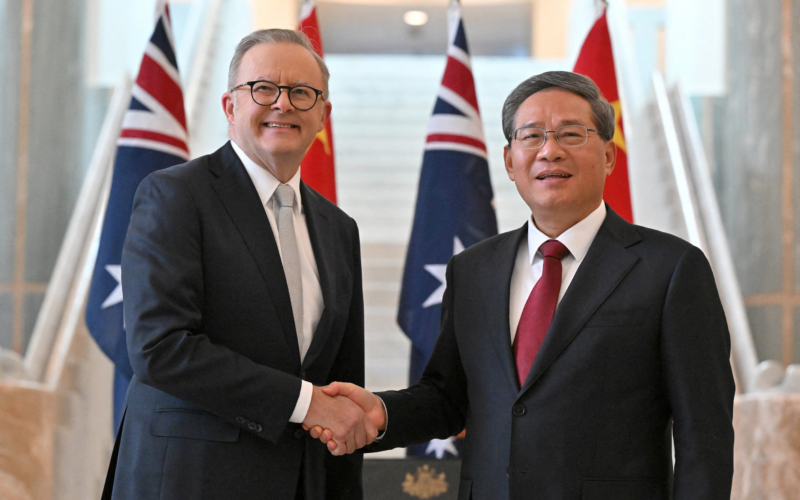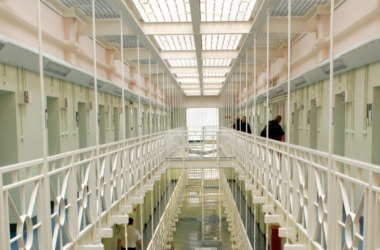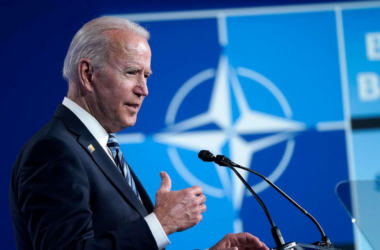In a significant diplomatic encounter, Australia’s Prime Minister Anthony Albanese and China’s Premier Li Qiang engaged in frank discussions on Monday, marking the first visit to Australia by a Chinese premier in seven years. This meeting signals a warming phase in relations between the two nations following a period of strained interactions over trade and defense issues.
During the meeting, both leaders emphasized the need to strengthen bilateral ties, which have seen substantial tension in recent years. China’s trade blocks had previously impacted around $20 billion in Australian exports, and there had been friction over military encounters.
“We welcome the continued stabilization and development of our bilateral relations. This dialogue has allowed us to build a deeper awareness of our respective interests,” Albanese remarked in his opening statements. He highlighted the complementary nature of the Australian and Chinese economies, particularly in addressing climate change.
Li Qiang echoed Albanese’s sentiments, stating the talks were “candid, in-depth, and fruitful” and that both countries had “reached a lot of consensus.” Li underscored the importance of maintaining a positive approach to their bilateral relationship, focusing on expanding cooperation in energy and mining sectors. He also announced China’s decision to include Australia in its visa waiver program, further facilitating bilateral exchanges.
Trade remains a cornerstone of the Australia-China relationship. Australia is China’s largest supplier of iron ore, and China has been a major investor in Australian mining projects. Albanese noted that the removal of trade impediments was already benefiting Australian farmers, miners, and exporters, contributing positively to the national economy.
Li’s visit, which began with symbolic gestures such as “panda and wine diplomacy,” is seen as a move to reinforce economic ties. Trade between the two countries reached AU$327 billion ($215.95 billion) last year as trade restrictions eased.
On regional security, Albanese stressed Australia’s commitment to a balanced regional order where no country dominates or is dominated. This aligns with Australia’s broader strategic goals in maintaining regional stability and peace.
Li and Albanese agreed on the importance of ongoing communication and coordination to safeguard regional peace and prosperity. However, challenges remain, particularly regarding differing approaches to governance and human rights issues.
Albanese addressed human rights concerns, including the case of China-born Australian writer Yang Hengjun, whose suspended death sentence was recently upheld. Yang’s supporters have called for his transfer to Australia on medical grounds, asserting that a stable bilateral relationship cannot be achieved while an Australian citizen faces execution in China.
The talks also coincided with public demonstrations in Canberra. Protesters, including Tibetan, Uyghur, and Hong Kong groups, gathered outside parliament house to express their concerns about China’s human rights record. They were met by a contingent of pro-China supporters, reflecting the complex and multifaceted nature of public opinion on the relationship.
Li’s visit also touched on the sensitive topic of Chinese investment in Australia’s critical minerals sector. While China has invested heavily in Australian mining, recent actions by the Australian government to block Chinese investors from increasing their stakes in a rare earths miner on national interest grounds highlight ongoing tensions. This issue is particularly relevant as Western allies, including Australia, seek to reduce their reliance on China for rare earths essential for technologies such as electric vehicles.
The meeting between Albanese and Li marks a cautious but significant step toward normalizing relations between Australia and China. While both countries acknowledged the importance of economic and diplomatic engagement, the talks revealed ongoing challenges in balancing economic interests with human rights and regional security concerns. The outcomes of this visit will likely shape the future trajectory of Australia-China relations, impacting trade, investment, and regional dynamics.
The visit underscores the complexity of international diplomacy, where economic ties must be managed alongside political and ethical considerations, reflecting the nuanced relationship between Australia and China.








